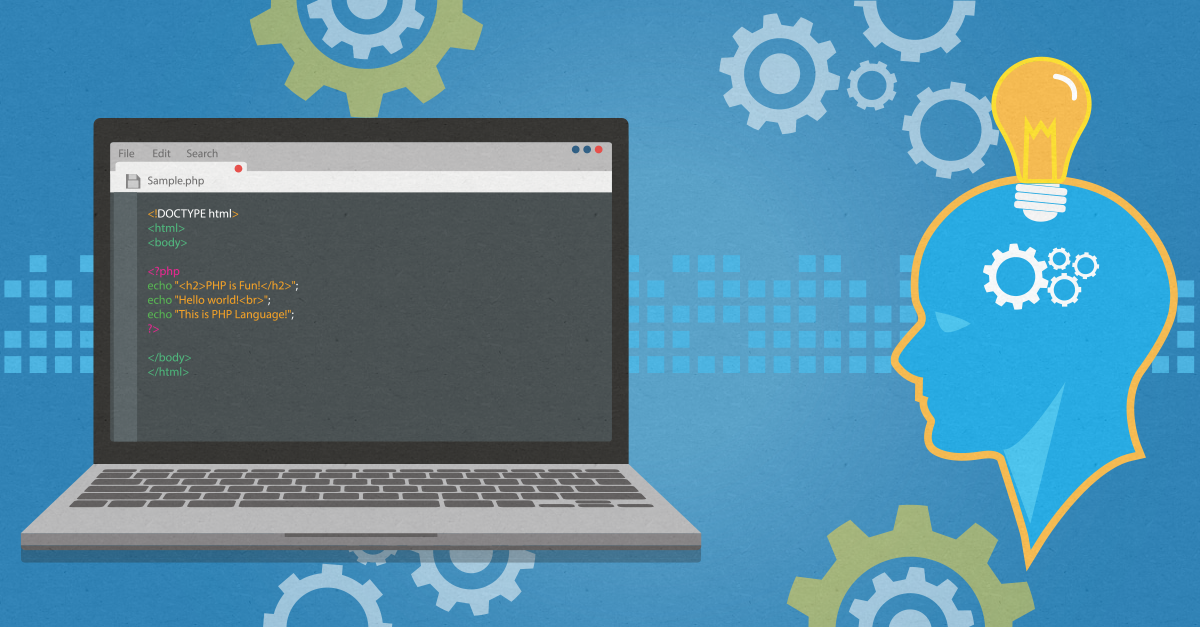Low code development platforms enable ‘lite’ business applications to be written quickly by less experienced software developers. They achieve this trick by providing graphical configurators that deal with the underlying complexity of real code.
What does ‘lite’ mean? ‘Lite’ means anything other than large scale transaction processing, such as ERP. ‘Lite’ means everything that surrounds an ERP system – purchase requisitioning, goods receipting, CRM, service management, employee records, the list goes on.
Low code isn’t new. Early examples have existed underneath a number of business applications to enable easy customisation of these applications. C/AL with Navision is one, Lightning with Salesforce is another.
The success of Lightning brought low code development out from the shadows to really create a new category, at which point the market has really hotted up.
Microsoft quickly gave chase with their Power Apps platform. Amazon have seen the threat and have just launched Honeycode. This morning I was quietly drinking my coffee and heard Appypie advertising on Sky News.
There are other vendors – Mendix, Pega, Appian, Outsystems amongst them – all of which have mature products that have been around for a while. However, I’d suggest that this will be a three or four horse race. Salesforce with Lightning, Microsoft with Power Apps, Amazon with Honeycode and Oracle with Apex/VBCS.
Who will win? The market is growing fast and will be huge. There will be room for a number of vendors to be successful. They’ll fight amongst themselves and show off exotic new features in front of analysts and consistently miss the point. The cost and functionality of a low code development platform is less relevant than the cost of the professional services required to make use of it. Customers are generally best served by those products and platforms for which there are lots of skilled people available.





.png)